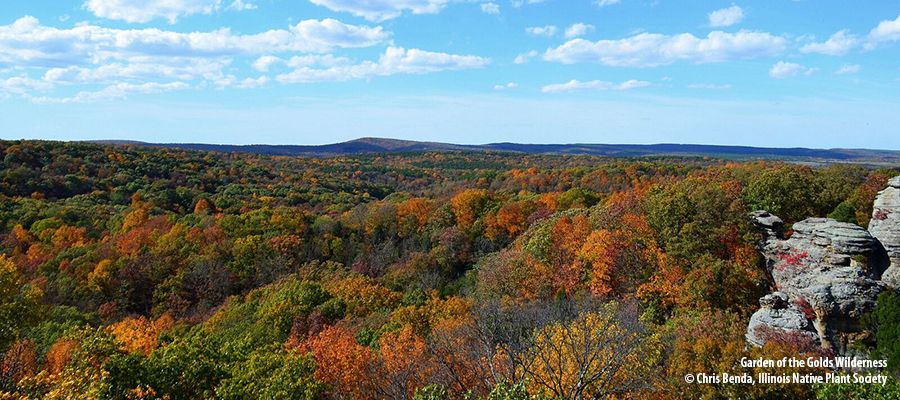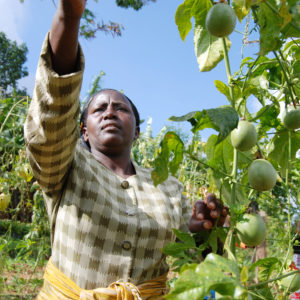
Air Quality, Weather Moderation,
Capture of Greenhouse Gasses, Buffer Climate Change
Foliage of trees and other native plants also traps and absorbs air pollutants, buffers the extremes of local weather and produce oxygen through photosynthesis, while also sequestering carbon to combat climate change. Trees and other plants also improve air quality by lowering air temperatures, reducing emissions from building energy use and other sources. The water that a single tree transpires daily has a cooling effect equivalent to two domestic air conditioners for a day.
The U.S. Forest Service estimates that U.S. forests capture about 27 million ton of C/year
Kenya’s Greenbelt Movement has planted more than 50 million native trees to empower women, control erosion, provide food and fuel, and buffer climate change.
Examples and Additional Information
Scientists say halting deforestation ‘just as urgent’ as reducing emissions — 2018 scientists’ statement says protecting and restoring forests would reduce 18% of greenhouse gas emissions by 2030
Natural climate solutions for the United States — 2018 Research in Science Advances. Researchers found that improved management of plants and plant communities could sequester the equivalent of 21% of current net annual emissions of the United States. 2018 article in Science Advances
Natural climate solutions – programs reported in the New York Times
Urban trees in the conterminous United States remove some 784,000 tons of air pollution annually, with a value of $3.8 billion 2006 article
Big Tree UK — Urban tree planting project
Malmo Sweden urban green infrastructure project — GreenSurge
A 2015 Harvard Kennedy School review reported that carbon sequestration in the U.S. National Parks is estimated at 17.5 million metric T/yr, with a value of $705 million annually.
2015 Article in Miami Herald: Everglades mangroves might hold billion-dollar fix for climate change. For about 360,000 acres of mangrove wetlands, researchers estimate a cash value of between $2 billion and $3.4 billion – or nearly seven times the amount Miami Beach plans to spend on new pumps to keep its streets dry.
Effects of urban tree canopy loss on land surface temperature magnitude and timing 2017 USDA Forest Service study
Sustaining America’s Urban Forests — 2010 USDA Forest Service Report
Using Trees and Vegetation to Reduce Heat Islands, US EPA
How deforestation affects global water cycles — Yale Environment 360, 2018 A growing body of evidence indicates that the continuing destruction of tropical forests is disrupting the movement of water in the atmosphere, causing major shifts in precipitation that could lead to drought in key agricultural areas in China, India, and the U.S. Midwest.
City trees reduce daytime heat. But to curb sweltering nights, minimize pavement. – Anthropocene


